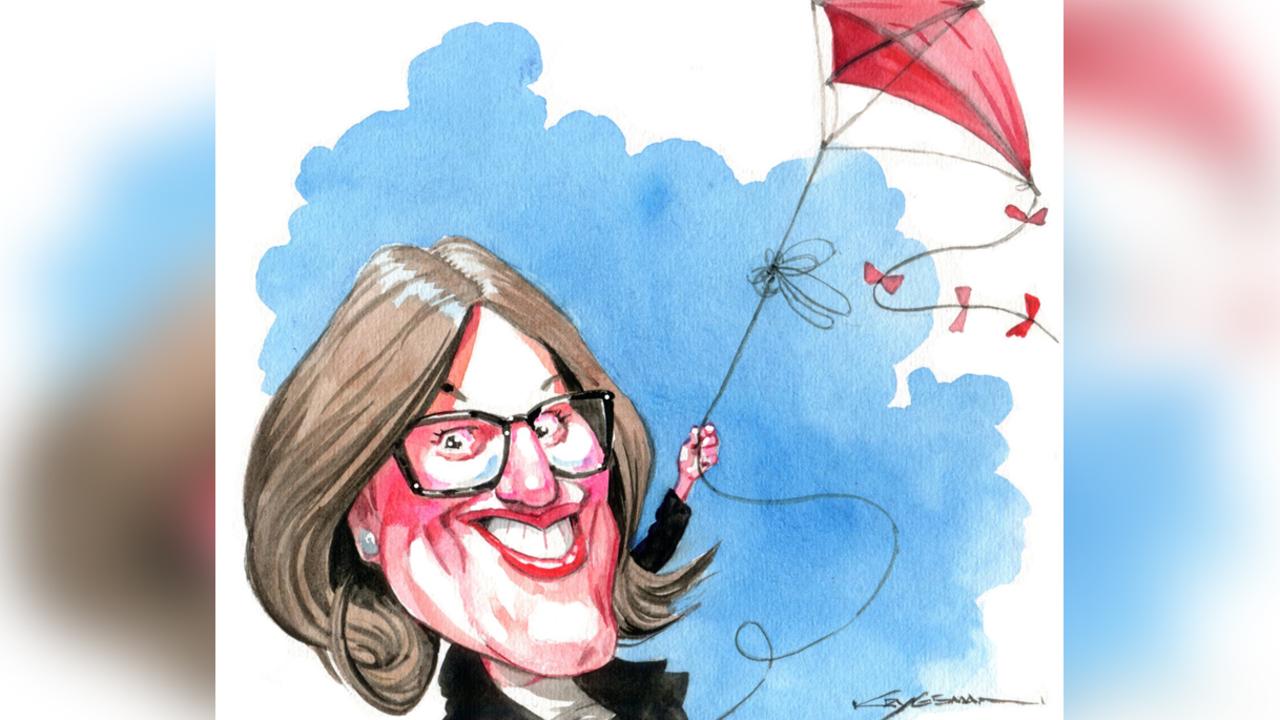Afterpay navigates retail lockdown
Shares in Afterpay surged 30 per cent after the buy-now-pay-later pioneer declared it was able to navigate the retail downturn.

Shares in Afterpay, which have experienced a whiplash ride since the onset of the coronavirus crisis, returned to form on Tuesday, surging 30 per cent after the buy-now-pay-later pioneer declared it was able to navigate the retail downturn.
The payments company, which has become barometer for investor sentiment towards technology shares in the COVID-19 crisis, is proving somewhat of a boon for some online retailers, particularly for small and medium-sized businesses setting up shop on the web for the first time.
Afterpay’s chief revenue officer and company co-founder, Nick Molnar, said his focus was on helping small retailers get online to make sure they were generating sales from a nation in lockdown.
“People are leaning in to the online channel, they’re investing into the online channel, and you’re seeing cohorts of consumers that haven’t made a lot of transactions online now starting to do that for the first time,” Mr Molnar told The Australian.
“Given the current landscape I think consumerism will definitely shift, and retailers innovate in different and meaningful ways.”
His comments came as Afterpay posted $2.6bn in underlying sales in the March quarter, almost double the number from a year ago.

The stock surged nearly 30 per cent on Tuesday to close at $28.40. Afterpay has seen its share price tossed around violently during the market turmoil of March. At the start of February shares were trading at nearly $40, then they plumbed a low of $8.90 in the depth of the selldown on March 23, before clawing back lost ground.
Afterpay chief executive Anthony Eisen said his aim during the volatility was to be as transparent as possible and keep investors well informed. This included reassuring them about the strong fundamentals.
“The effects of the onset of COVID-19 and the impacts were very dramatic on the market and it caused investors to look at every company in a whole new light,” Mr Eisen said.
“There was a particular focus on balance sheet strength and an ability to withstand what could be a very dramatic economic impact.
“Because there was such a big amount of dislocation in the market we (waited) until the end of the quarter to provide more detail, which we did today. We’re trying to be transparent; investors are looking at every company in the market.”
Mr Eisen said he was confident Afterpay’s business — which allows consumers to pay for goods through instalments — was right for the economic cycle.
“We are confident that our customer-centric model, which encourages budgeting and responsible spending, will be even more relevant in a post COVID-19 environment,” Mr Eisen said.
Afterpay said its March trading performance was up about 12 per cent on January and February, although this had moderated in the second half of the month in line with government-enforced lockdowns and isolation protocols.
The company scrapped its customer growth guidance for the 2020 financial year, saying the virus could affect customer numbers if conditions worsened.
However, it still believes it is on track to meet its previously stated target of 9.5 million customers by June 30. Afterpay’s active customer base totalled 8.4 million, as at March 31.
Financial hardship claims rose from mid-March, but Afterpay said the levels remained “manageable” and were now trending down.
Underlying sales in the second half of the month versus the first were down 4 per cent — by region the UK was worst hit, down 15 per cent, while the US was down 5 per cent and Australia and New Zealand were lower by just 2 per cent.
“We have experienced positive growth in April month-to-date in all markets with average daily underlying sales up approximately 10 per cent on the second half of March globally,” the company said.
Afterpay’s update follows rival buy-now-pay-later company Zip notifying the ASX on April 8 that it would maintain its financial targets, despite cutting 20 per cent of its workforce.
Analysts at Royal Bank of Canada said Afterpay’s predominant online payments position was likely to assist in cushioning the blow from retail closures caused by the virus. However, they noted that in-store payment access was one of the company’s key growth metrics.
As at March 31, Afterpay had a total cash position of $541.1m and a net debt position of $355.7m.
As part of its COVID-19 response plan, Afterpay tightened spending limits to the majority of its customer risk profiles and changed payment rules.
Australian customers must now pay an upfront instalment; a change that has already been implemented in the US and UK. It has also implemented stricter credit approval checks on high-risk purchases.
Afterpay noted the intention to launch within US stores had been placed on hold with the retail sector in a shutdown.


